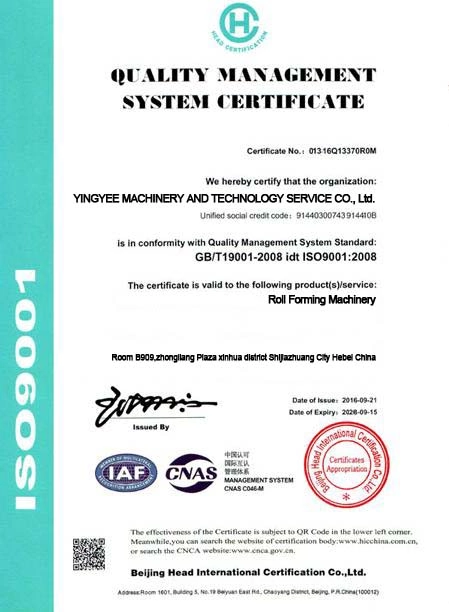
Sep . 05, 2024 23:42 Back to list
Azoxystrobin 20% + Difenoconazole 12.5% SC - Effective Crop Protection Solutions
Azoxystrobin and Difenoconazole An Effective Combination for Crop Protection
In the agricultural sector, the fight against fungal diseases is crucial for ensuring crop yield and quality. Two active ingredients that have gained significant attention in this context are Azoxystrobin and Difenoconazole. When combined, these fungicides offer a powerful solution for combating a range of fungal pathogens that threaten crops worldwide. This article delves into the properties, benefits, and applications of Azoxystrobin 20% and Difenoconazole 12.5% SC (suspension concentrate) in modern agriculture.
Understanding the Active Ingredients
Azoxystrobin is a broad-spectrum fungicide derived from the class of strobilurins. It works by inhibiting mitochondrial respiration in fungi, effectively disrupting their energy production. This mode of action not only provides excellent control over a wide variety of pathogens but also offers prolonged residual activity, meaning that it continues to protect crops even after application.
On the other hand, Difenoconazole belongs to the triazole group of fungicides. It inhibits the synthesis of ergosterol, an essential component of fungal cell membranes, leading to cell death. Difenoconazole is particularly effective against different types of fungal diseases, making it a versatile choice for many crops.
Synergistic Effects
When combined in a formulation, Azoxystrobin and Difenoconazole exhibit synergistic effects
. The use of both active ingredients allows for a broader spectrum of disease control, targeting both the surface and systemic phases of fungal infections. This dual action not only enhances efficacy but also reduces the risk of resistance development among pathogens, which is a growing concern in modern agriculture.china azoxystrobin 20 difenoconazole 12.5 sc

Benefits for Crop Protection
1. Effective Disease Management The combination of Azoxystrobin 20% and Difenoconazole 12.5% SC has shown remarkable effectiveness against major fungal diseases such as powdery mildew, leaf spots, and blight. This effectiveness can lead to healthier crops and improved yields.
2. Resilience Against Resistance Fungal pathogens can develop resistance to fungicides over time. The unique mechanisms of action of Azoxystrobin and Difenoconazole make it difficult for pathogens to adapt. This resilience is crucial for sustainable farming practices.
3. User-Friendly Application The SC formulation makes it easier for farmers to handle and apply the product. It allows for better dispersion in water, ensuring even coverage on crops, which is essential for maximum efficacy.
4. Environmental Considerations Both active ingredients are designed to degrade in the environment, offering a lower risk of long-term soil and water contamination compared to some older fungicides.
Conclusion
The combination of Azoxystrobin 20% and Difenoconazole 12.5% SC represents a significant advancement in crop protection technology. Farmers looking to enhance their fungal disease management strategies can benefit immensely from this effective solution. By employing this synergistic approach, agricultural producers not only safeguard their crops against diseases but also contribute to more sustainable farming practices. As global agricultural demands continue to grow, the importance of reliable and effective fungicides like this combination will undoubtedly become even more pronounced.
-
Insecticide Spirotetramat 11% + Thiacloprid 11% SC at Good Price
NewsJul.30,2025
-
Best Abamectin SDS - Premium Quality & Reliable Safety Data
NewsJul.29,2025
-
Agrochemicals Pesticides Solutions for Sustainable Farming
NewsJul.29,2025
-
High-Quality Tebuconazole Fungicide for Crop Protection at Best Price
NewsJul.29,2025
-
Chlorfenapyr 8% + Clothianidin 20%SC Pesticide Mixture for Effective Pest Control
NewsJul.28,2025
-
Best Azoxystrobin Difenoconazole Supplier for Crop Protection
NewsJul.28,2025
